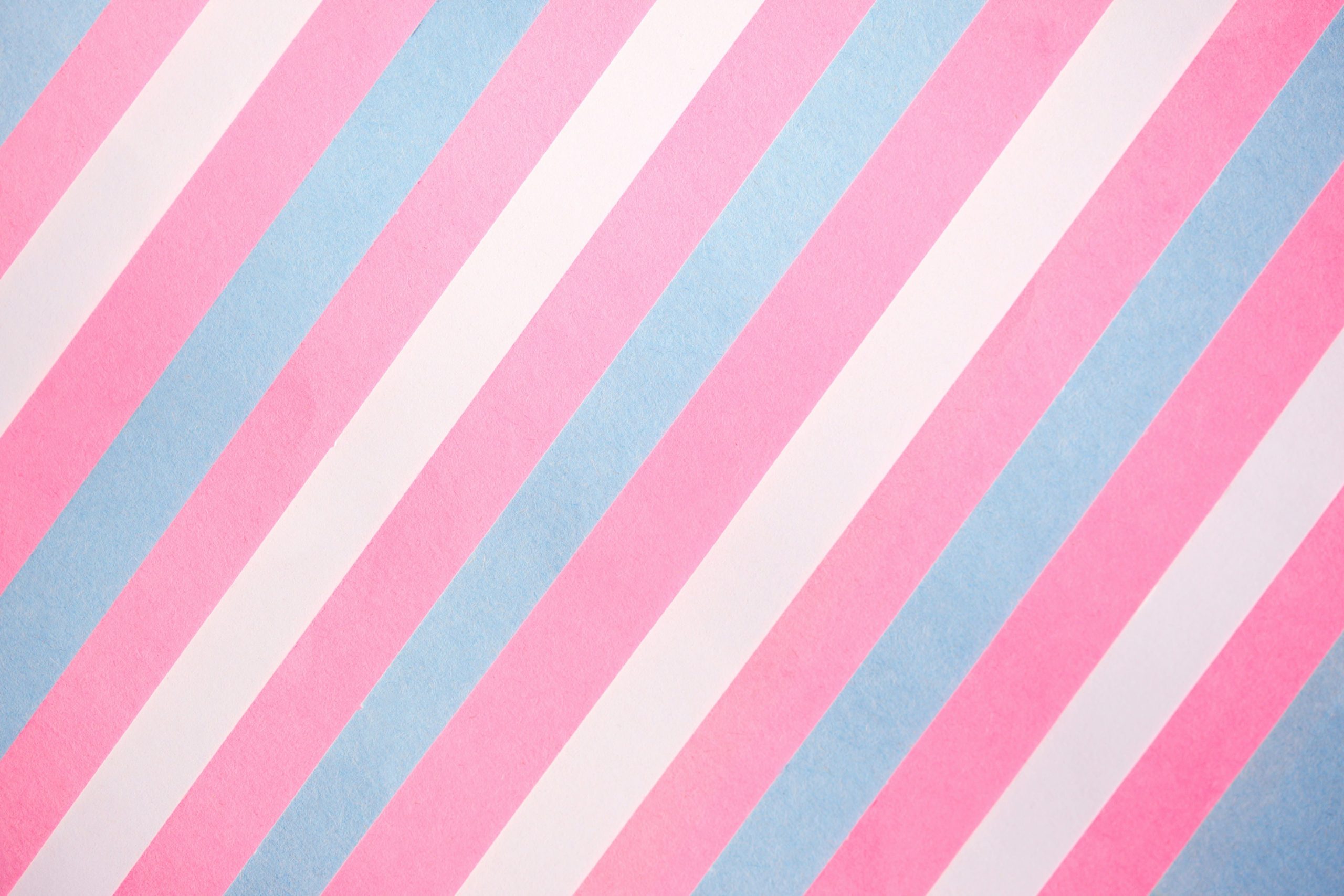Every day, we’re surrounded by shiny new trends. Fast fashion stores offer racks of trendy clothes at unbelievably low prices, encouraging us to shop, wear, and toss with every changing season. It might feel fun and convenient, but behind those cheap prices lies a story of environmental harm, waste, and unfair labor practices.
Enter slow fashion—a movement that challenges us to rethink how we shop, prioritize quality over quantity, and protect the planet one outfit at a time.
So what’s the difference between fast fashion and slow fashion, and why should we care? Let’s unravel the threads to discover how our fashion choices shape the world we live in.
What is Fast Fashion?
Fast fashion is all about speed and affordability. It’s the system that brings new trends from the runway to the store shelves in a matter of weeks. Brands churn out mass-produced clothes at incredibly low prices, but at a steep cost to the environment and workers.
The Problem with Fast Fashion:
- Environmental Impact:
- Fast fashion uses enormous amounts of water, energy, and chemicals. For example, a single cotton T-shirt can take 2,700 liters of water to produce!
- Clothes are often made from synthetic materials like polyester, which shed microplastics into the ocean when washed.
- Waste and Overconsumption:
- Fast fashion encourages us to buy more and wear less. Over 92 million tons of textile waste end up in landfills each year. That’s like dumping a garbage truck full of clothes every second.
- Unfair Labor Practices:
- To keep prices low, fast fashion often relies on factories with poor working conditions and unfair wages.
The Cycle: Trend → Produce → Sell → Discard → Repeat.
It’s a system built on “more, faster, cheaper,” but it’s not built to last.
What is Slow Fashion?
Slow fashion is the antidote to fast fashion. It’s about quality, sustainability, and thoughtfulness. Instead of racing to create cheap clothes, slow fashion focuses on creating pieces that last, respecting both the planet and the people who make them.
Key Principles of Slow Fashion:
- Quality Over Quantity: Clothes are made with care, using durable materials that last for years.
- Sustainable Production: Eco-friendly fabrics like organic cotton, hemp, and recycled materials are prioritized.
- Fair Labor Practices: Slow fashion brands value ethical working conditions and fair wages.
- Timeless Style: Designs focus on classic, versatile pieces rather than fleeting trends.
- Repair and Reuse: Slow fashion encourages people to mend, repurpose, and upcycle clothes instead of throwing them away.
Fast Fashion vs. Slow Fashion: The Breakdown
| Aspect | Fast Fashion | Slow Fashion |
|---|---|---|
| Production Time | Extremely fast—weeks or days | Slower, focused on quality |
| Cost | Cheap upfront, wears out quickly | Higher upfront, lasts longer |
| Environmental Impact | High water use, waste, and pollution | Lower, uses sustainable methods |
| Materials | Synthetic, low-quality fabrics | Organic, recycled, or natural fabrics |
| Labor Practices | Often exploitative and unsafe | Fair wages and ethical practices |
Why Sustainability Matters
We’re at a turning point. The fashion industry is one of the biggest polluters in the world, second only to oil. The choices we make today—like supporting slow fashion—can have a huge impact on the environment and the lives of people around the globe.
Here’s Why You Should Care:
- Protect the Planet: Slow fashion reduces waste, pollution, and carbon emissions, helping fight climate change.
- Support Fair Working Conditions: Ethical fashion supports workers with fair wages and safe environments.
- Save Money Long-Term: Investing in quality pieces means fewer replacements and more savings.
- Express Your Style: Slow fashion focuses on timeless designs that reflect your unique personality, not fleeting trends.
How to Embrace Slow Fashion on a Budget
Building a sustainable wardrobe doesn’t mean emptying your wallet. Here’s how you can embrace slow fashion without breaking the bank:
- Thrift and Secondhand Shopping: Discover unique, affordable treasures at thrift stores or online resale platforms.
- Host Clothing Swaps: Trade clothes with friends to refresh your wardrobe for free.
- Buy Less, Choose Better: Focus on timeless, versatile pieces that you’ll love for years.
- Support Sustainable Brands: Look for brands that prioritize eco-friendly materials and ethical practices.
- Care for Your Clothes: Repair, wash gently, and store your clothes properly to extend their life.
- DIY and Upcycle: Get creative! Turn old clothes into new favorites with a little stitching or paint.
The Final Note: Fashion as a Force for Good
Fashion is about self-expression, creativity, and confidence. But it’s also about choices—choices that impact the planet, people, and future generations. Fast fashion may be tempting, but slow fashion offers something more meaningful: clothes that last, stories that matter, and a wardrobe you can truly feel good about.
So next time you shop, ask yourself: Do I want a quick fix, or do I want something that lasts? Small changes—like choosing slow fashion—can add up to a brighter, greener future.
Because fashion doesn’t just change the way you look—it can change the world.

Leave a Reply